This is a Graflex 22 Model 200, a Twin Lens Reflex camera produced by Graflex, Inc of Rochester, NY starting in 1952. There were a total of three different versions of the Graflex 22, the models 200, 400, and 400F all of which shot 6cm x 6cm images on 120 format roll film. The Model 200 was a continuation of the earlier Ciro-Flex Model D that started production in 1948 after Graflex’s acquisition of Ciro in 1951. Initially, Ciro-Flex branded cameras were still produced by Graflex, but were rebranded in November 1952 with the Graflex name. Functionally, the cameras are identical with the same Wollensak produced lenses and shutters, with the only differences being the gray body covering and other cosmetics.
Film Type: 120 Roll Film (twelve 6cm x 6cm exposures per roll)
Lens (Taking): 85mm f/3.5 Graflex Graftar coated 3-elements in 3-groups
Lens (Viewing): 85mm f/3.2 Graflex Graftar coated 3-elements
Focus: 3 feet/meters to Infinity
Viewfinder: Waist Level Coupled Reflex Viewfinder
Shutter: Wollensak Century Synchromatic Leaf
Speeds: T, B, 1/10 – 1/200 seconds
Exposure Meter: None
Battery: None
Flash Mount: Hot Shoe with and M and X Flash Sync
Weight: 968 grams
Manual: https://www.cameramanuals.org/pdf_files/graflex_22.pdf
How these ratings work |
The Graflex 22 Model 200 is a rebadged Ciro-Flex Model D, so everything I can say about that camera applies to the Graflex as well, but for someone not familiar with either, these are well built and simple cameras that deliver the goods in terms of ease of use. Although neither camera has the features, shutter speeds, or build quality of a German TLR, when sold at a fraction of the price, it doesn’t need to. The Graflex 22, like the Ciro-Flexes that came before it, are excellent examples of American TLRs and are worth shooting today. | ||||||
| Images | Handling | Features | Viewfinder | Feel & Beauty | History | Age | |
| 2 | 1 | 1 | 1 | 1 | 1 | 30% | |
| Bonus | none | ||||||
| Final Score | 9.1 | ||||||
History
The Graflex 22 was a medium format twin lens reflex camera, produced by Graflex, Inc of Rochester, NY starting in 1952. Although a new model to Graflex, it was previously sold as the Ciro-Flex by Ciro Cameras, of Delaware, Ohio and prior to that, Detroit, Michigan.
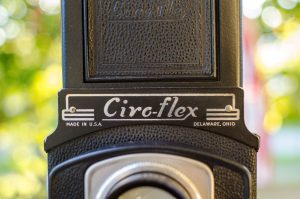 Ciro-Flex cameras date back to 1941 when a former Ford engineer and French immigrant, Rodolphe Stahl, started a new camera company in Detroit, Michigan. The new company was approached by Sears and Roebuck to create a TLR camera for sale in their stores. Stahl produced the Marvel-Flex for Sears and simultaneously released the nearly identical Ciro-Flex under his own name.
Ciro-Flex cameras date back to 1941 when a former Ford engineer and French immigrant, Rodolphe Stahl, started a new camera company in Detroit, Michigan. The new company was approached by Sears and Roebuck to create a TLR camera for sale in their stores. Stahl produced the Marvel-Flex for Sears and simultaneously released the nearly identical Ciro-Flex under his own name.
Although Ciro would later release more than just TLRs, their most popular line was the Ciro-Flex. The entire Ciro-Flex line had a total of 6 models, named sequentially the Ciro-Flex Models A, B, C, D, E, and F.
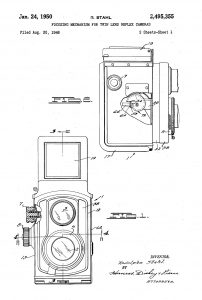
One unique aspect of the Ciro-Flex which allowed it to stand apart from other American camera makers of the time is that Ciro chose to go with the 120 roll film format instead of the 620 format that Kodak and other American makers were using. This allowed users of the Ciro-Flex to interchange film stock with a larger variety of imported medium format cameras. As a collector, this is appealing because 120 film is still produced today whereas 620 was discontinued in the 1980s and often requires modification in order to accept 120 film.
During this time, TLR cameras were extremely popular with the public, and the best models were all from Germany. Because of the war however, getting a German Rollei was not only difficult, but extremely expensive, so there was a huge demand for an American made TLR. The Ciro filled that demand quite well. All 3 Ciro models used shutters and lenses made by Wollensak, and the demand was so high that almost all of Wollensak’s production capability was committed to making parts for Ciro.
Although the company was doing very well, in 1947 Rodolphe Stahl decided that the urban life of Detroit wasn’t for him and he relocated the entire company into a former chicken processing warehouse in Delaware, Ohio which was a smaller town and had a nearby college that was more suited for his lifestyle. The Ciro-Flex name plate on the front of the camera changed from Detroit, Michigan to Delaware, Ohio.
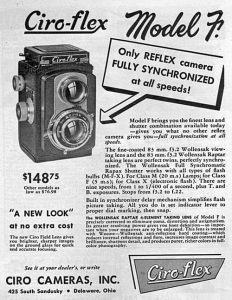
In 1948, both the models B and C were replaced by models D and E respectively. Each of the new models were basically the same as the previous models except both added flash synchronization and an accessory cold shoe on the left side of the camera. Otherwise the D and E had the same Alphax and Rapax shutters are their predecessors. According to the 1952 advertisement to the right, prices for the Ciro-Flex line ranged from $76.98 for the Model B to $148.75 for the Model F. The Model D reviewed in this article would have had a retail price of $83.50, which when adjusted for inflation is $767 today which might seem high, but was still a value compared to imported TLRs from Germany.
The Ciro-Flex cameras were very successful, and at the peak of their popularity, Ciro was producing over 100 models per day. Despite their success, the Ciro-Flex was still considered to be a basic camera and lacked some of the more advanced features of their German competitors. As a result, sometime in late 1949 or early 1950 the Model F was introduced which had a faster f/3.2 4-element Tessar type Raptar lens. The Rapax shutter was also upgraded with variable flash sync and stronger internal components that were said to improve reliability.
Around the same time that the Model F was introduced, a Fresnel lens replaced the ground glass lens inside of the viewfinder of Models D and E but the parallax correction feature was removed since there was not enough space in the viewfinder for both features. According to Rick Oleson, a very small number of Model Fs were made before the change to the Fresnel lens. Another subtle change that happened at this same time is a small “Model D, E, or F” designation was added to the top of the Depth of Field scale of all 3 models. If you have one of these 3 models with the Fresnel lens and the model type above the DOF scale, then your camera was most likely built after 1950.
In October 1951, Graflex, which was another American camera company, purchased Ciro, but kept producing the Ciro-Flex Models D, E, and F. The only change at this time was the name plate indicated the cameras were made in Rochester, NY instead of Delaware, Ohio.
Graflex would continue to make the Ciro-Flex models for about another year and a half until early 1953 when they were replaced by the Graflex 22-200, 22-400, and 22-400F. Each of these three models were basically the same as the Ciro-Flex D, E, and F, only with cosmetic changes.
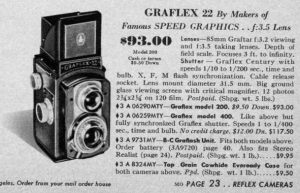
As they did with Ciro’s earlier cameras, Sears Roebuck & Co. was one of the biggest American retailers to sell the Graflex 22 and in the ad to the left from the 1955 Sears Camera catalog, offered both the 22-200 and 22-400 models for $93 and $117.50 respectively. When adjusted for inflation, these prices compare to $970 and $1225 today.
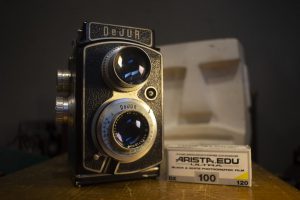
Around the same time Graflex took over production of the Ciro-Flex, they produced a variant of Graflex 22-200 for DeJur which was yet another American camera company, as the DeJur Reflex DR-10. There were plans for a DR-20, and DR-40, but only the DR-20 was made in very limited quantities.
The Graflex 22-series would continue to be made until 1955 at which time, the Ciro designed cameras were discontinued and Graflex focused on new lineups of 35mm cameras and their still successful line up of press cameras.
Today, American TLRs like the Graflex 22 and the Ciro-Flexes they originated from are commonly recommended for users new to TLRs who want a camera with a Rolleiflex-like experience without the Rolleiflex-like price. While these cameras have nowhere near the build quality or list of features of most German and Japanese TLRs, they work really well and the Wollensak lenses they have are still capable of wonderful images, making them an incredible bargain today.
My Thoughts
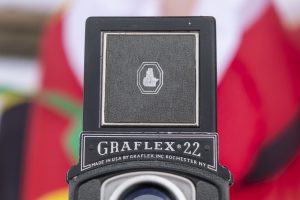
Looking forward at my review slate for 2022, I noticed that this year, February 22 fell on a Tuesday, which is the day I normally publish new reviews, and I thought that it would be fun to have a camera with the number ’22’ in the model on 2/22/22. After a bit of brainstorming and Googling, I narrowed down potential ’22’ candidates to the Mamiya C22 and the Graflex 22, but the problem is, I had neither camera.
Reaching out to my army of fellow collectors to see who had a camera that they would be willing to loan to me, my friend Mark Faulkner was first to offer up his Graflex 22! Although the Mamiya would have been cool too, I figured the Graflex was probably a camera I’d have an easier time shooting and digging up some historical information on, so it was a good match.
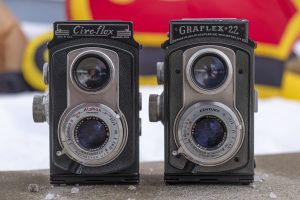
The Graflex 22 is a rebadge of the Ciro-Flex Model D which I previously reviewed in October 2015, but it being one of my earlier reviews, I figured it was time for a second look at what is essentially the same camera, but with a different story.
Other than cosmetics, nothing changed from the Ciro Flex D to the Graflex 22-200 I have here. Both cameras have exactly the same features, with the same range of shutter speeds and f/stops, and the lenses appear to be identical, other than branding. Instead of a Wollensak Anastigmat, we have a Graflex Graftar and instead of a Wollensak Alphax shutter, there is a Century “Made by Wollensak for Graflex” Synchromatic.
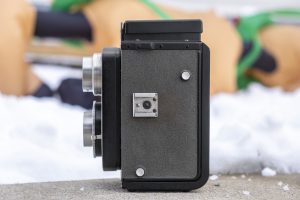
The camera’s left side contains the proprietary flash hot shoe which originally appeared on the Ciro Flex. Although supporting a center contact synchronization post, this shoe requires a flash specifically designed for it, as it will not work with modern electronic flashes as the contact point is too large. To the left and below the flash shoe are two pins that when pushed out from within the film compartment, allow easy loading of take up and supply film spools.
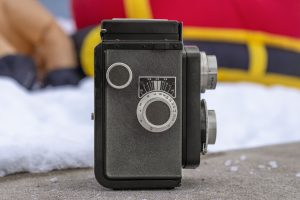
On the camera’s right side are both the film advance and focus knobs. This location on the right isn’t difficult to use, but isn’t as nice as other TLRs like the Ricoh Diacord which uses paddles, or the Minolta Autocord and Meopta Flexaret which are controlled on the bottom.
The Graflex 22 is not an “automat” type TLR in which the camera automatically knows where to stop for the next exposure. Instead, you must carefully turn this knob while looking through the red window on the back of the camera at the exposure numbers on the film’s backing paper to know exactly where to stop for each next exposure. Be careful not to wind too far as there is no way to wind the film backwards.
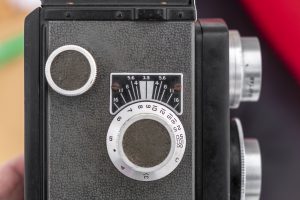
The focus knob is engraved with distances from 3 feet to infinity and above the focus knob is a depth of field scale for fast action shots when the reflex finder is either not available or inconvenient to use.
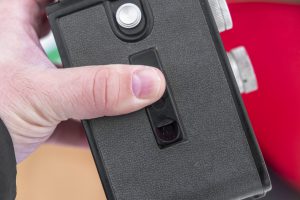
Around back is the previously mentioned red peep hole for viewing exposure numbers on the backing paper. The window is normally protected by a spring loaded metal door which protects it from extraneous light which can exposure the film if left open in direct sunlight for too long.
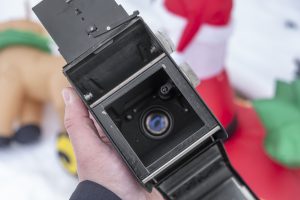
Above the red window is a round door release for opening the bottom hinged film door. Unlike many German TLRs like the Rolleiflex whose door is hinged at the top, the Graflex 22 hinges at the bottom which makes loading film a bit easier as you don’t have to fight gravity as the door keeps trying to close on you. Of course the downside to this orientation is that if the door seal is not perfectly tight, light will leak in on already exposed film, rather than unexposed film, but that can be avoided by just making sure you never accidentally open the camera with film in it.
Film loads from the bottom to the top around two metal rollers. Since the Graflex 22 lacks any sort of automatic film transport there are no geared shafts or start marks to worry about when loading film. Simply attach the paper leader to an empty take up spool, make sure both sides are securely attached and close the door.
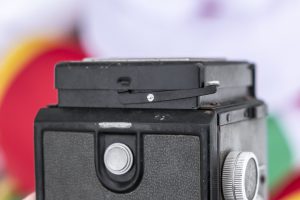
Like the Ciro Flex, the Graflex 22 retains it’s hood release lever which is used to help open the viewfinder hood. This design was probably used to keep the viewfinder hood as simple as possible, while eliminating the chance that it could accidentally open. Simply press down on the lever, and it will push up the hood enough for you to help it the rest of the way.

The viewing screen has a pronounced Fresnel pattern which improves brightness and allows for easy composition even outdoors. It is not quite as bright as later laser etched bright screens, but is still pretty good for a 1950s TLR. Beyond the screen itself, there are no split image, microprism, or any other kinds of focus aides, nor are there any gridlines used for leveling the camera while composing.
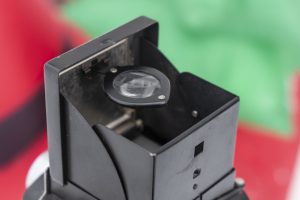
As with most TLRs, the Graflex 22 has a fold down magnifying glass which is used for critical focus. Although not shown, there is also a sports finder which when folding down the middle section of the front viewfinder hood, a small rectangular hole in the back of the hood allows you to easily compose your image for fast action shots at or near infinity.
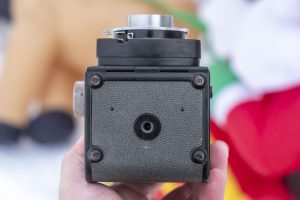
The bottom of the camera has only a centrally located 1/4″ tripod socket for long exposures, and four small feet that help balance the camera when placed down onto a flat surface.
Also note that from this angle, you can see the threaded hole for a shutter release cable near the bottom of the shutter, if you so choose to use one.
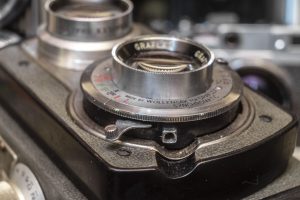
Although not branded as such, the Graflex 22’s Century shutter is exactly the same as a Wollensak Alphax shutter and has the same sequence of 1/10 through 1/200 shutter speeds plus B and T, and aperture f/stops from f/3.5 to f/22. A black notch in the chrome ring around the perimeter of the shutter selects shutter speeds, and a chrome finger on the opposite side, sets the diaphragm.
Sadly, also like the Wollensak Alphax, the Century shutter in the Graflex 22 also inherits the Alphax’s extremely long motion of the self-cocking shutter release. I’ve commented on this in my reviews for every camera that uses an Alphax shutter from the Argus Argoflex EF to the Bolsey B2. The reason this is significant as it can be difficult to stabilize the camera while attempting to fire the shutter and moving such a long motion of the shutter release. I tend to hold my breath while slowing firing a shutter, so as not to induce body shake and I find that when using these shutters, it seems unnaturally long. Perhaps I just need more practice, however in the four and five years since I wrote those other reviews, I’ve never gotten used to it.
If you’ve ever used a Ciro-Flex before, the Graflex 22 offers nothing different other than different cosmetics, but if you’ve never used either, the familiarity with German and Japanese TLRs makes for an enjoyable experience. The camera lacks more advanced features like an exposure counter, automatic film advance, or paddle focus, but it doesn’t need any of that. The camera is easy to use for the first timer, and with Wollensak triplet lenses that punch well above their weight, the Graflex 22 is an attractive entry point to TLRs today, just like it was in the 1950s when it was a new model.
My Results
Not having a lot of time between when Mark sent me this Graflex 22 and the pending novelty of a Feb 22nd review, I only got a chance to shoot a single roll of film in the camera which was a gently expired roll of Ilford Pan F 50.
Unlike most other TLRs of the era, the Graflex 22 has a gray leather or leather-like body covering which holds up well and offers a bit of a luxurious feel to it. I’ve never found any mention of exactly what this body covering is, but if it’s not real leather, it is a convincing substitute.
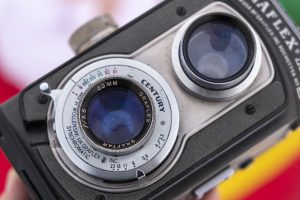
I’ve now shot film in several cameras with Wollensak triplets, so you’d think I’d stop being surprised at the images they make, but each time I look at more film I’ve shot in these cameras, the more impressed I am with what Wollensak was able to do back then.
Sharpness is excellent in the center and near the edges, but definitely falls off near the corners. Vignetting is evident, but subtle, so with the softer edges and slight darkening of the corners, images from the Graflex 22 have a pleasing look that most people look for when shooting a vintage camera. You could easily recreate this look with most Instagram filters, or you could just shoot some film in a Graflex 22.
Using the camera is mostly painless with the exception being the exceptionally long throw of the shutter release which no matter how many times I used it, I could never feel fully comfortable with when the shutter was going to fire. Another disappointment is in how the viewfinder hood opens. While the little lever used to pop open the viewfinder works well enough, it’s presence suggests a cheaply made camera that can’t open it’s viewfinder without assistance. Again, not a deal breaker, but yet another reminder of a cheap camera that for the time it was sold, was behind the competition.
From a technical standpoint, the biggest weakness of the camera is in the focusing rack, which is simply a curved piece of metal that’s in the shape of a snail that when rotated, pushes a pin which moves the front lens standard forward and back. This was fine for an economic camera from the early 1940s, but more than a decade later, every other camera used either external gears, or some kind of screw.
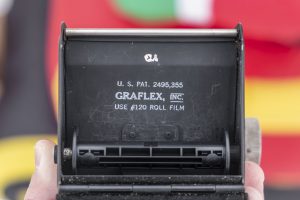
I do appreciate it using regular 120 film instead of 620 like nearly every other American medium format camera of it’s era. The camera looks pretty but by the time of it’s release, wouldn’t have been as nice as other, more premium cameras. Most of the controls are easy to use and serve a logical purpose, and for the price and era this camera was made, was likely good enough for most people, but it’s also a bit of a shame that for a camera released in 1952, Graflex couldn’t have tried just a little harder. I feel it was a missed opportunity for Graflex to improve upon the aging design of the original Ciro-Flex.
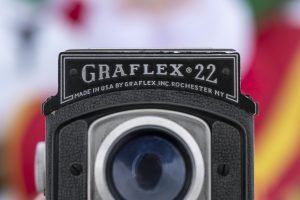
I wasn’t alive in the 1950s, but had I been and was looking for a sub $100 TLR, I would have much more strongly considered the Kodak Reflex, and by the time Japanese models hit the market a couple years later, would have definitely been in the market for an upgrade.
But all things considered, the Graflex 22 is a decent enough camera that’s easy to use, and despite it’s less than competitive feature set, made comparably great images. For the vintage camera enthusiast, it is a worthwhile model, if only because it looks nice and has a really solid lens. If however, you are actually looking to get into 6×6 medium format, and want a camera you’ll use with regularity, my recommendation is the same today as it likely would have been in 1952, which is to say, there are better options.
Related Posts You Might Enjoy
External Links
http://camera-wiki.org/wiki/Graflex_22
https://graflexcamera.tumblr.com/post/140638796601/ciro-flex-and-graflex-22
https://www.photo.net/discuss/threads/an-old-graflex-22.127265/

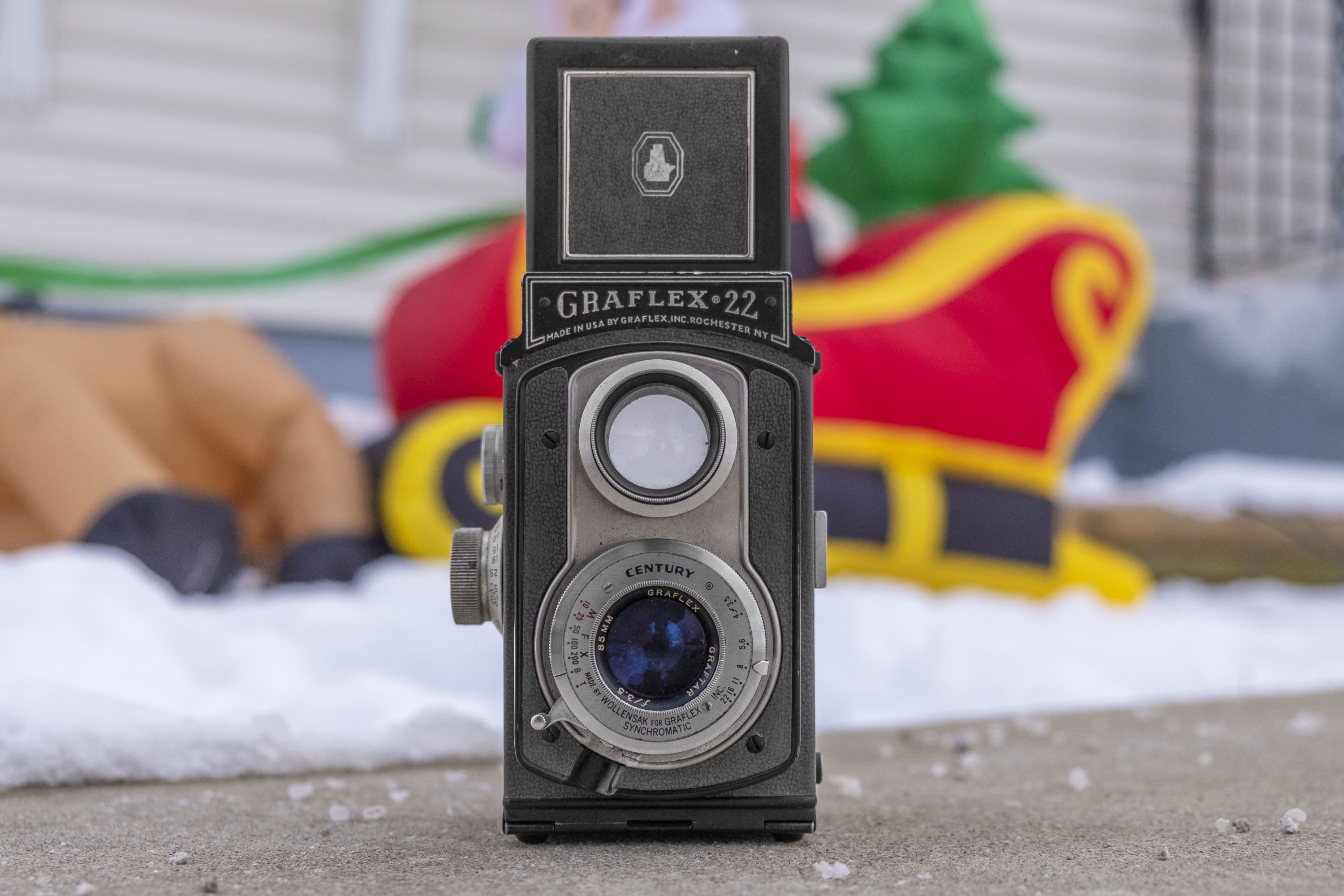
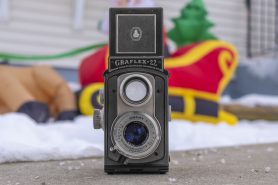
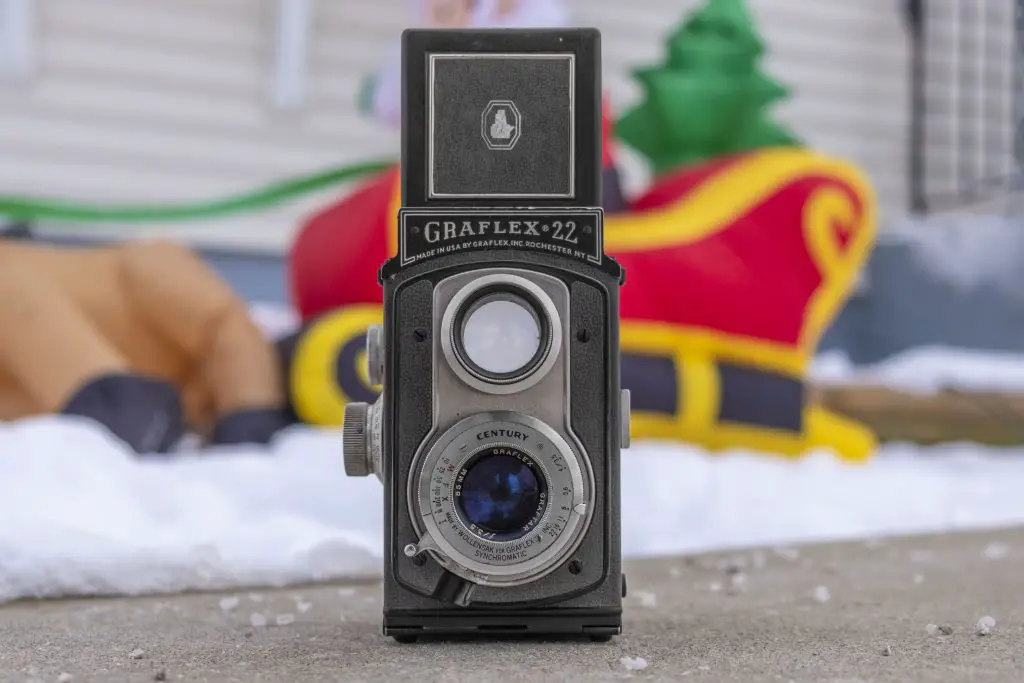
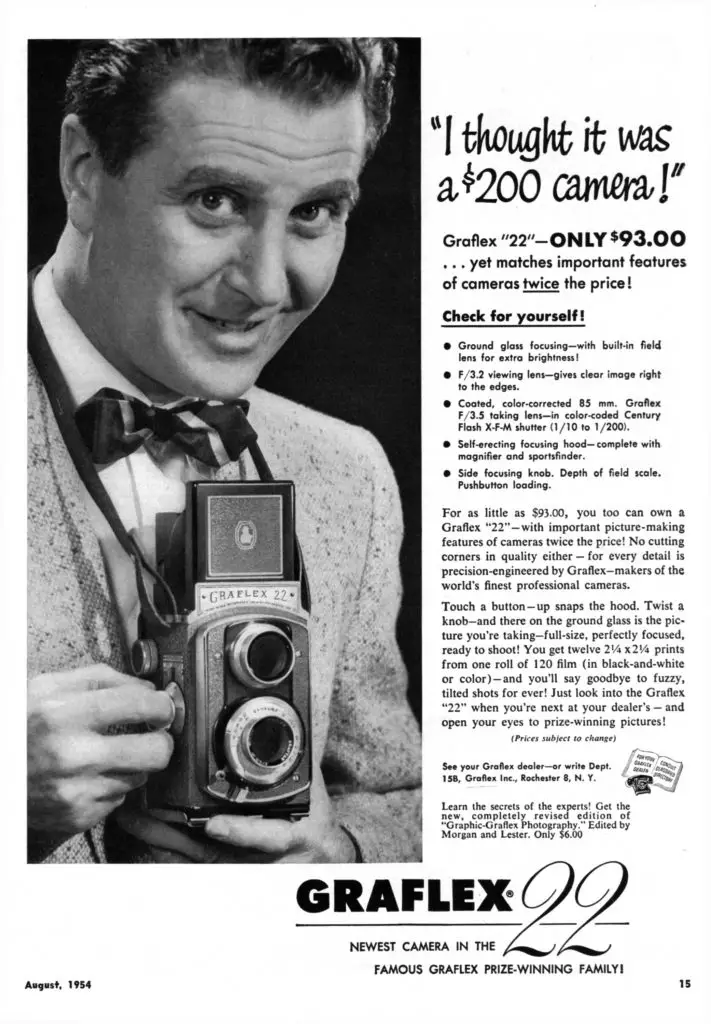
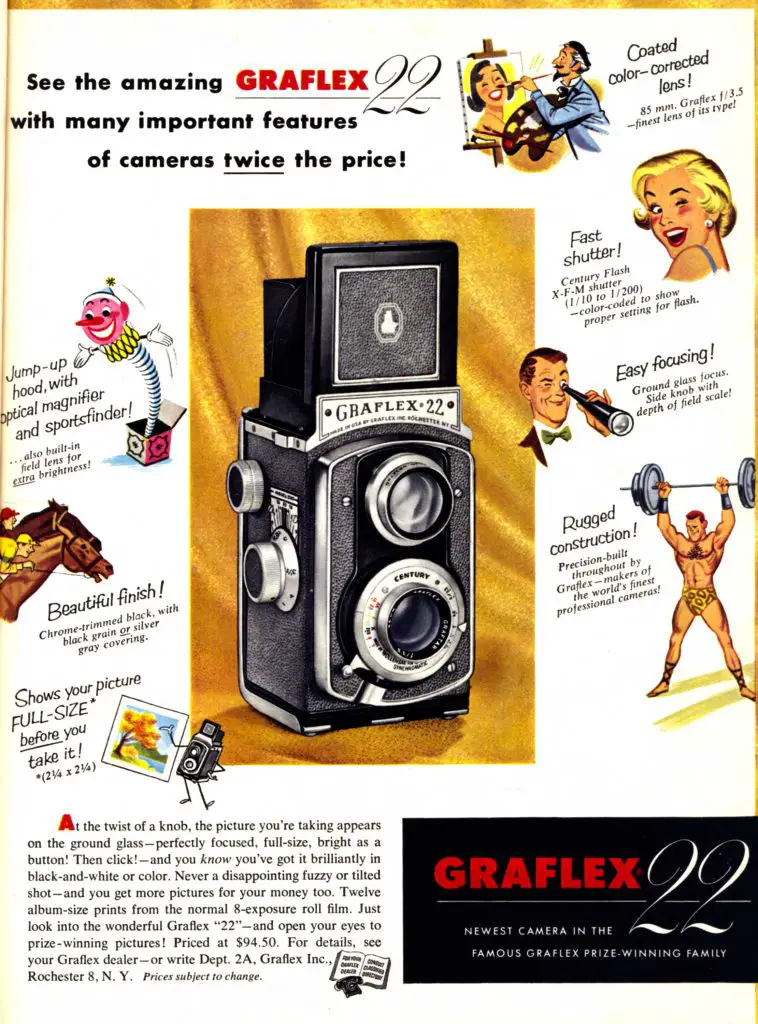

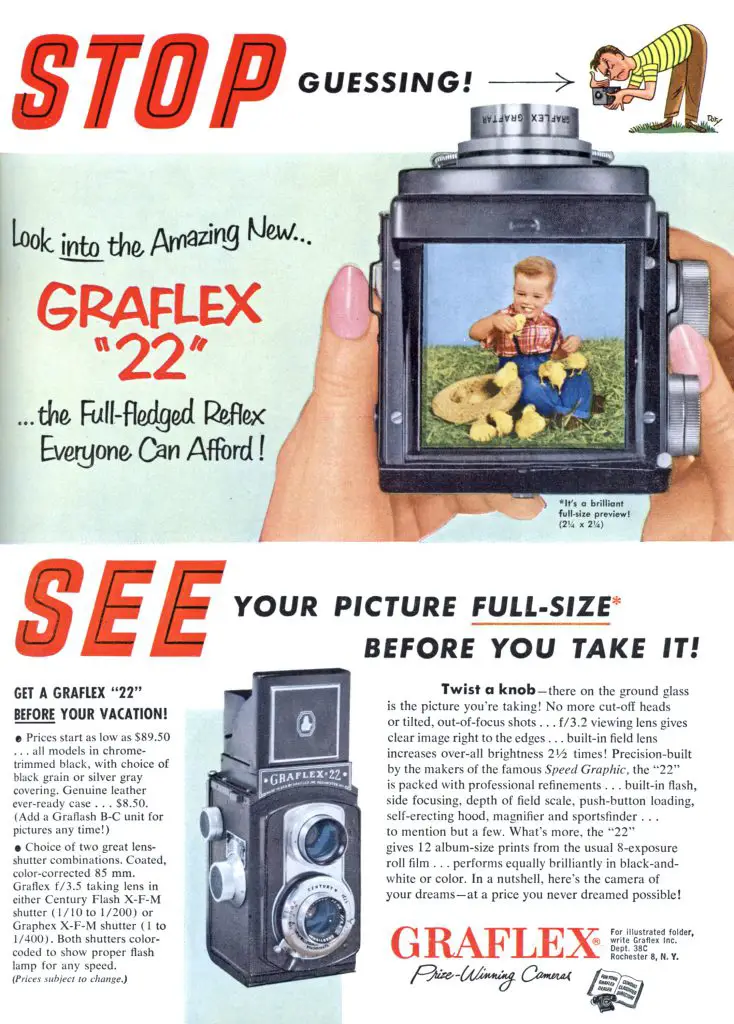
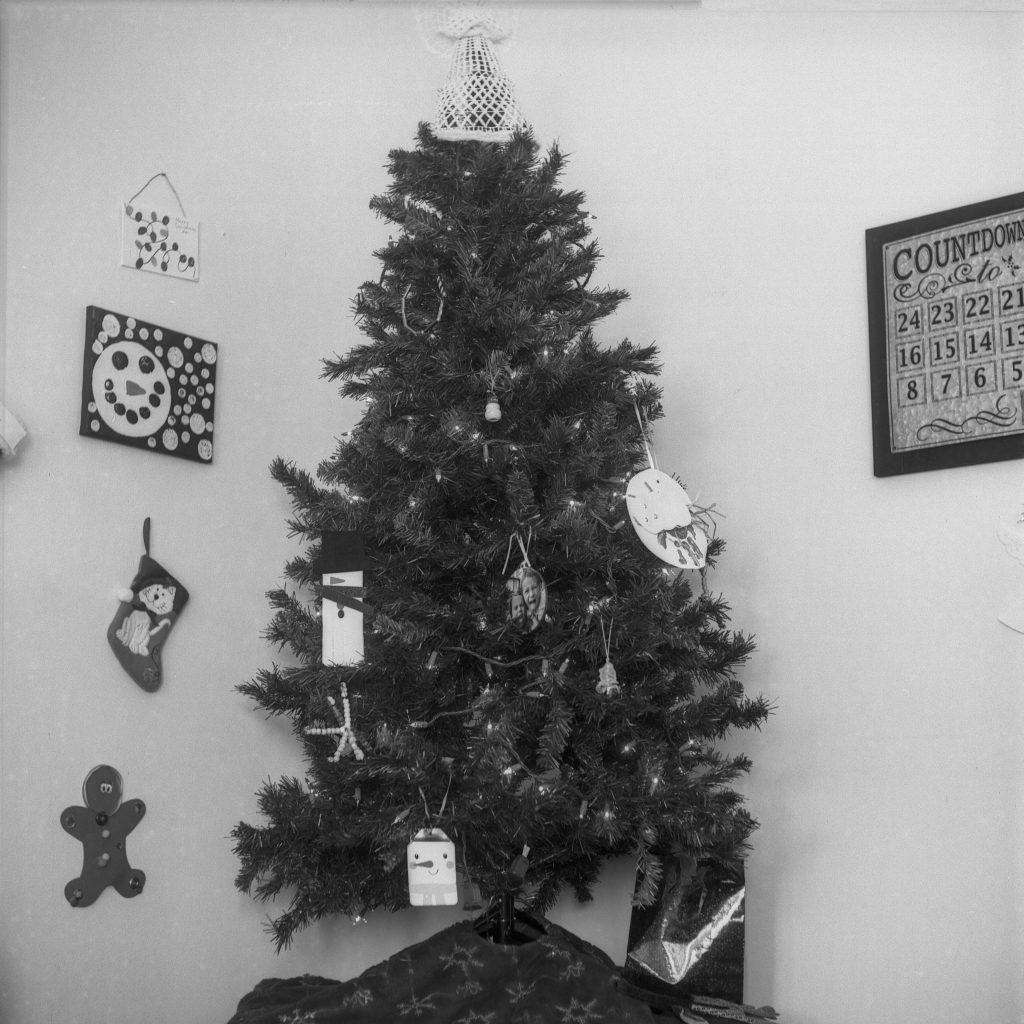
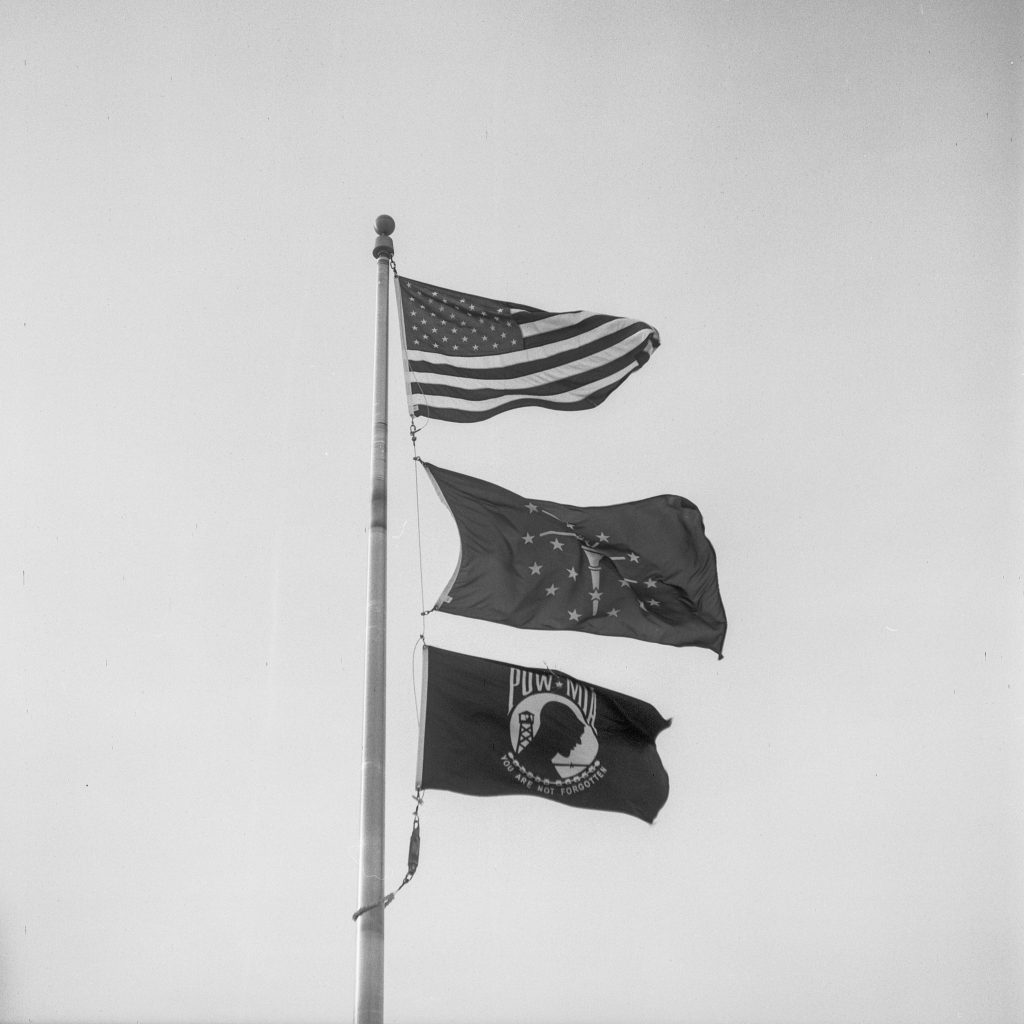

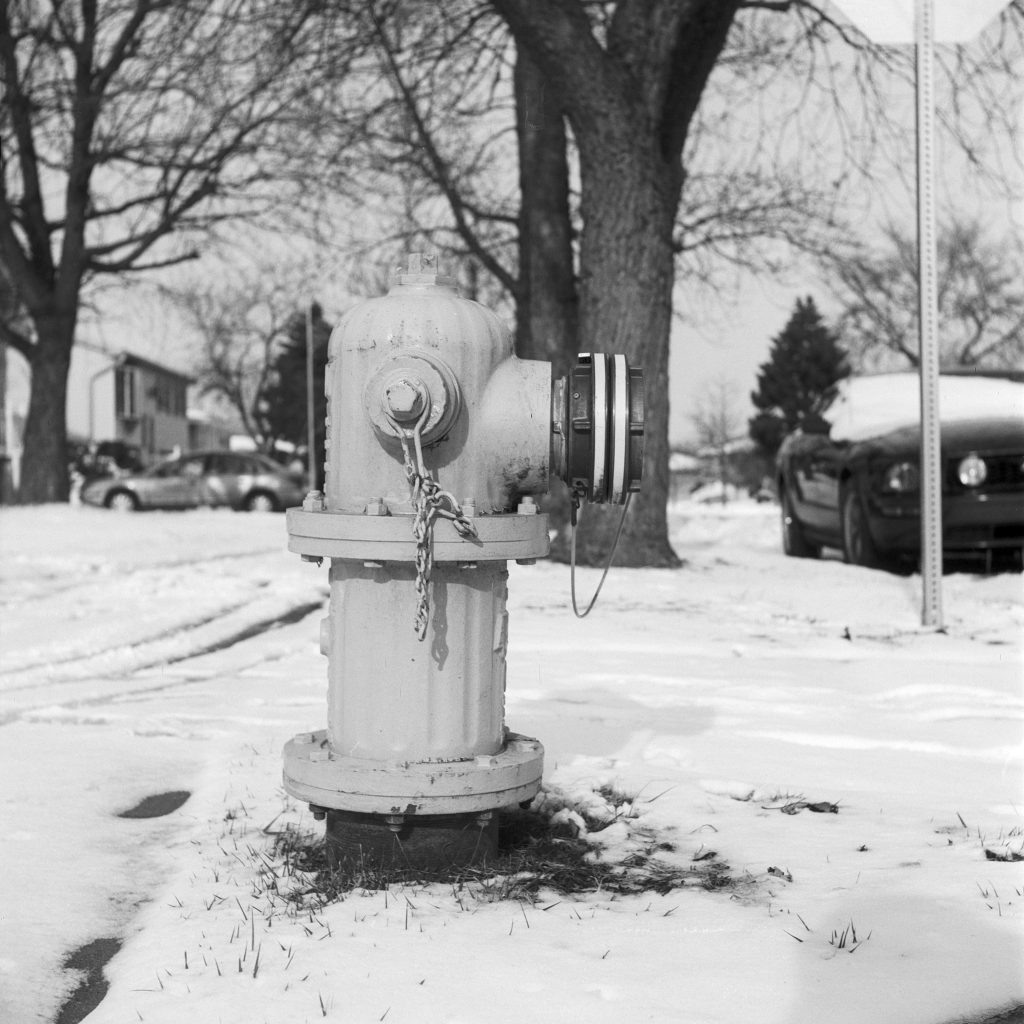
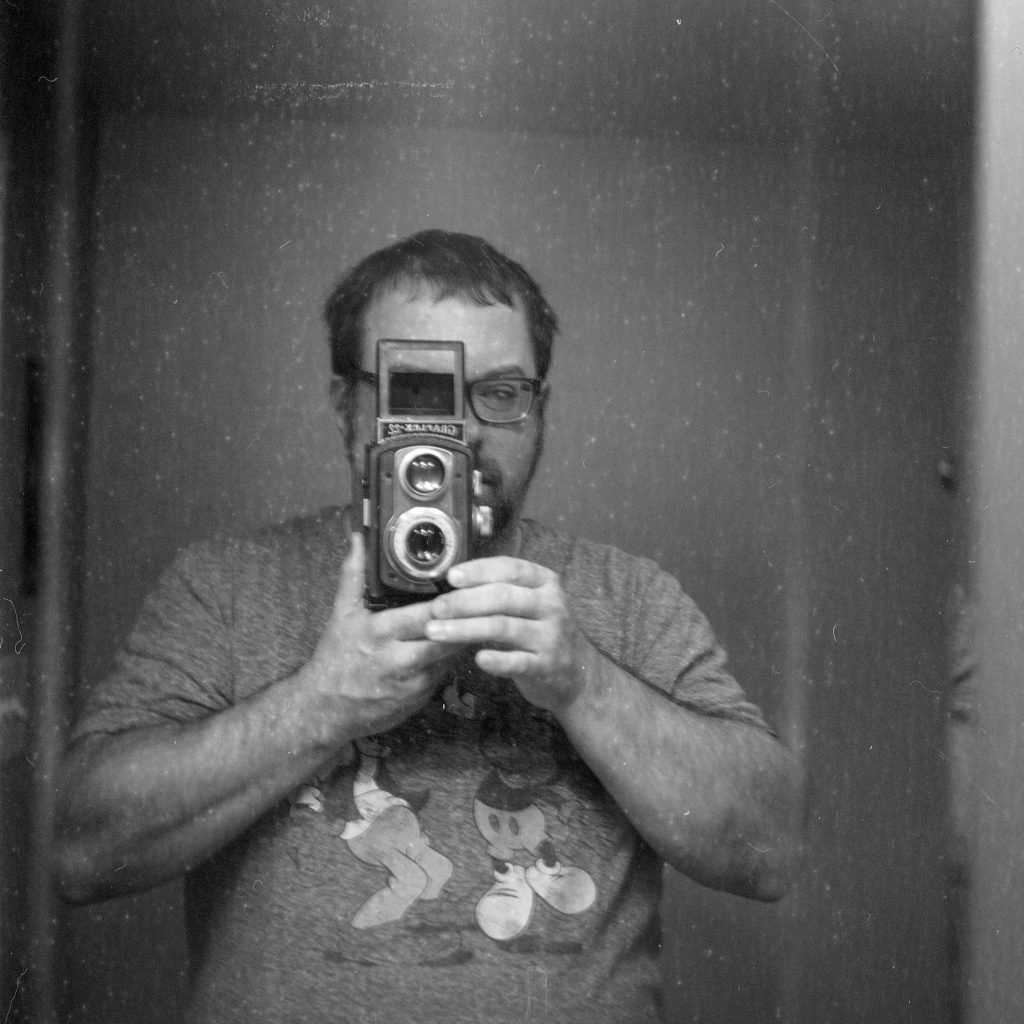
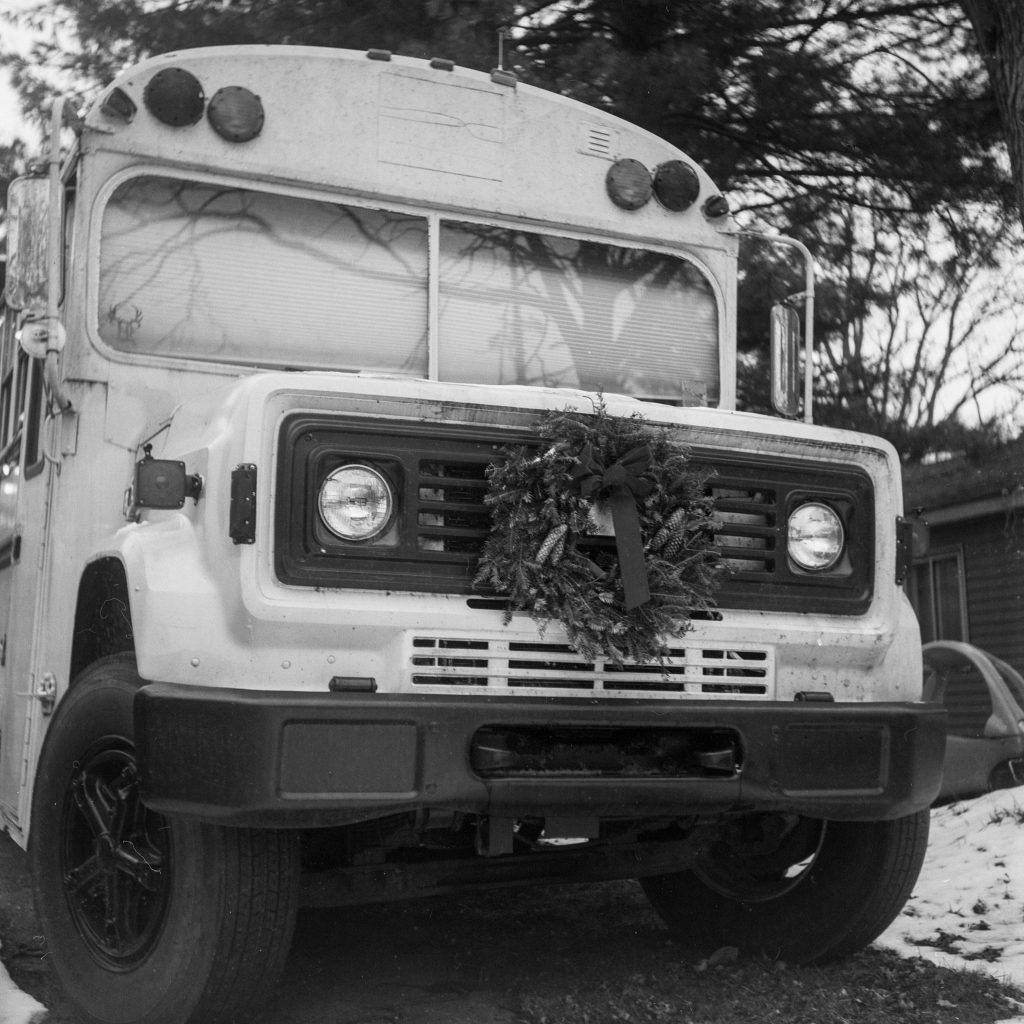
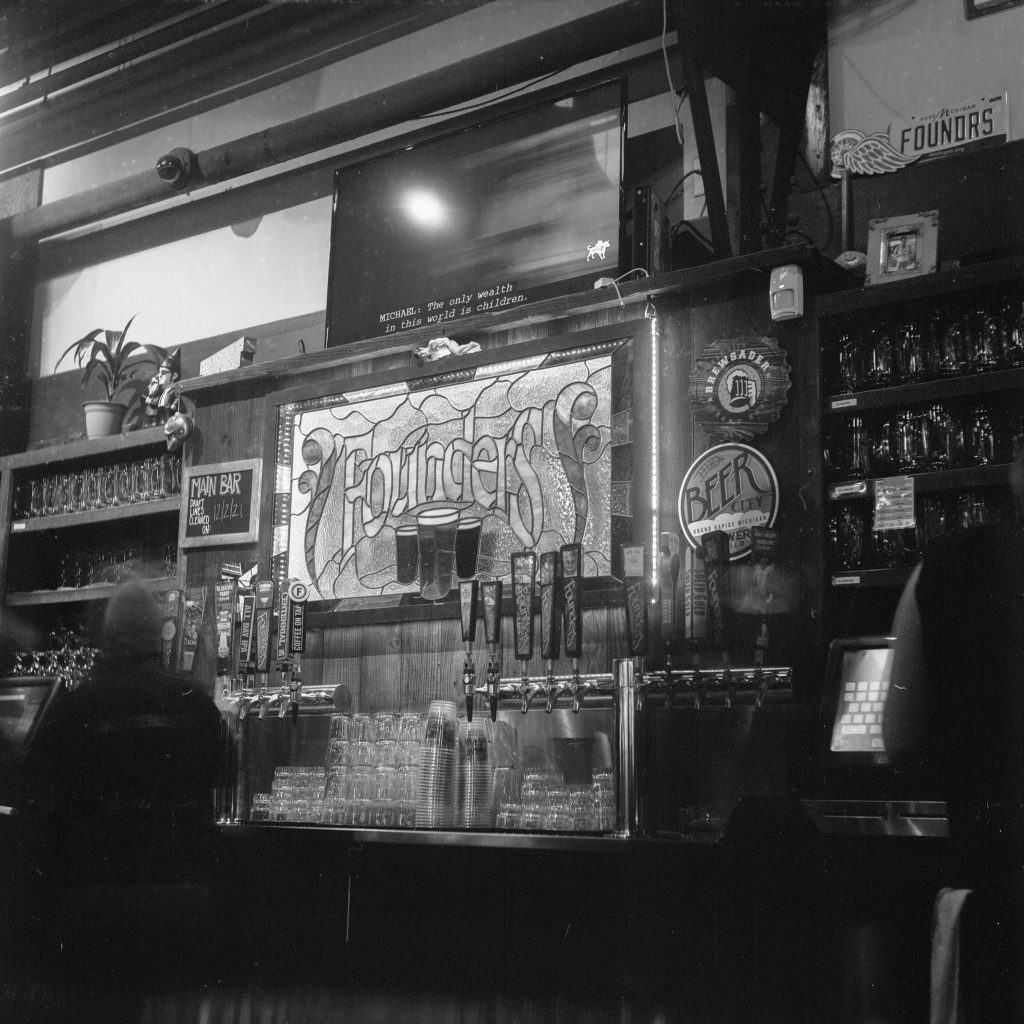


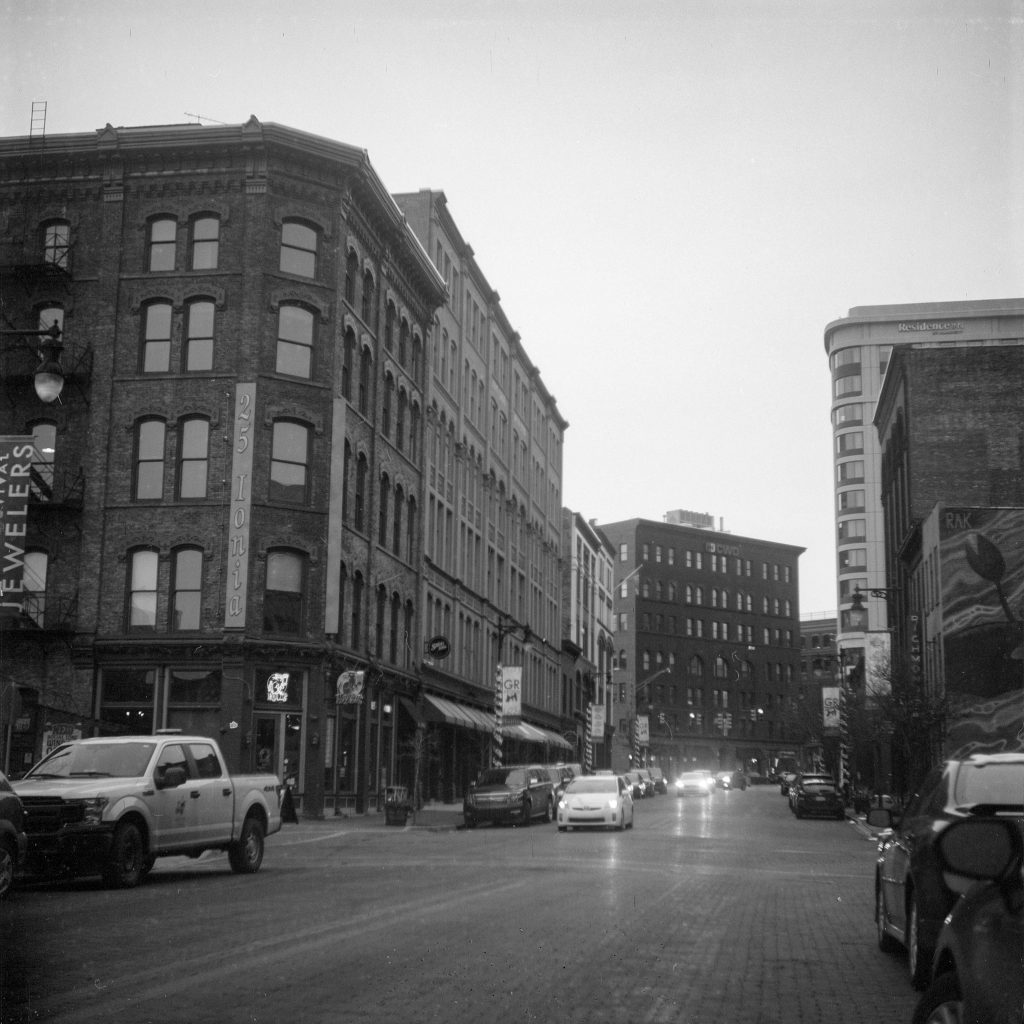

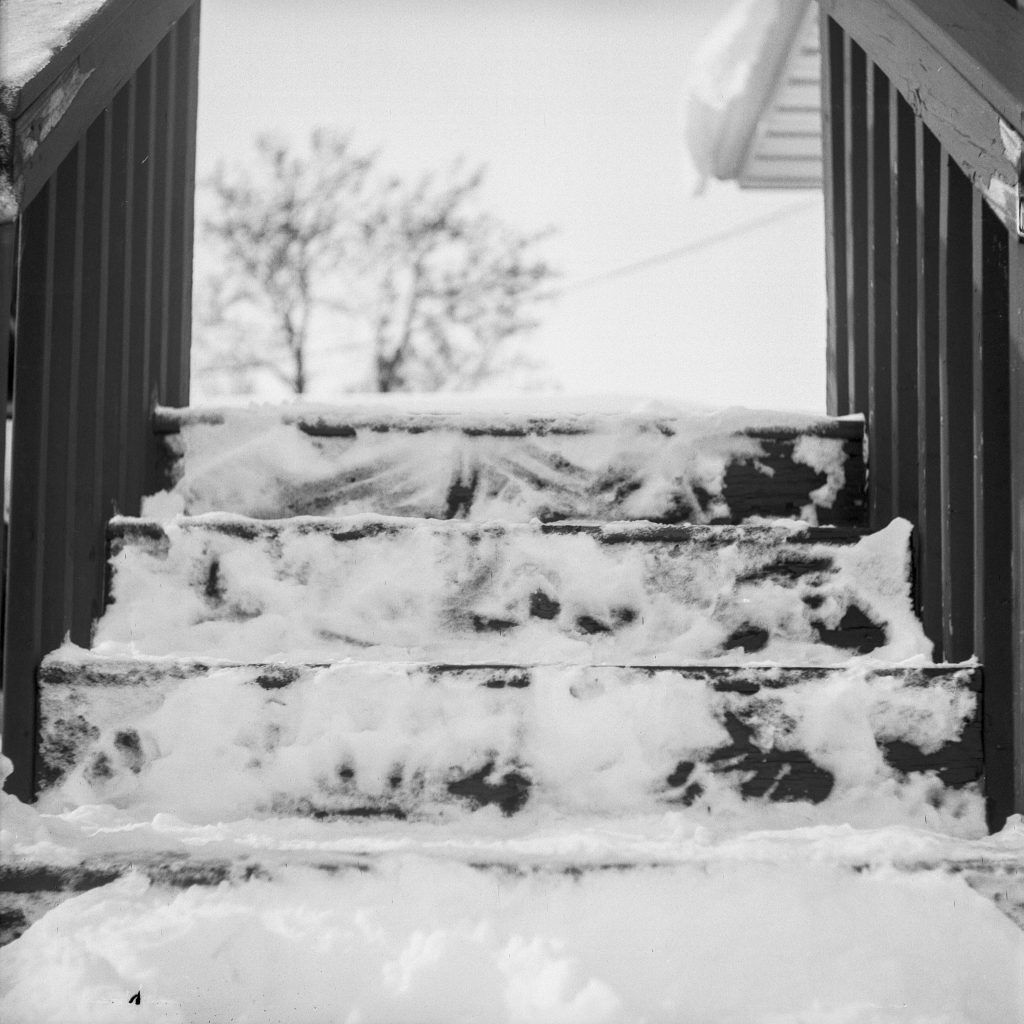
Nice write-up on the “22”. I’ve got the Ciro-flex version, but not the Graflex. One thing that helps with the long throw of the shutter release on the Alphax shutter is to press the shutter release part way, hold it, and then press it the rest of the way. A long throw is a characteristic of self setting shutters. The advantage is no missed shot when you forget to cock the shutter.
I find a short cable release helps a lot with these alphax shutters. I usually leave one attached to the camera. Or just buy the better 400 model with the excellent Rapax shutter. The Rapax shutter (1 second to 1/400) models don’t often go for more money. I agree on the lenses, quite sharp! I also have the f3.2 models with the Tessar type lens but the results with the triplet are indistinguishable, at least when not shot wide open.